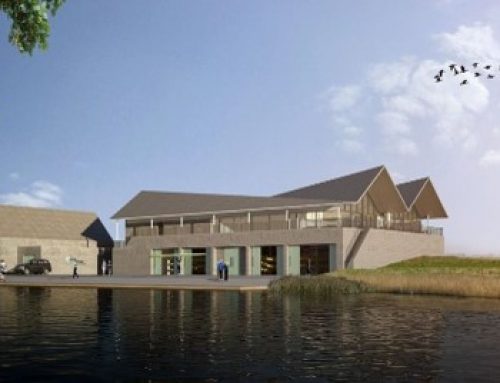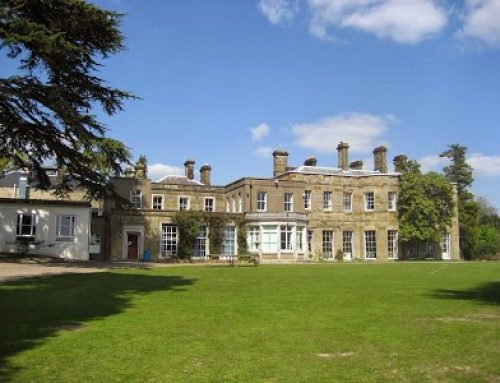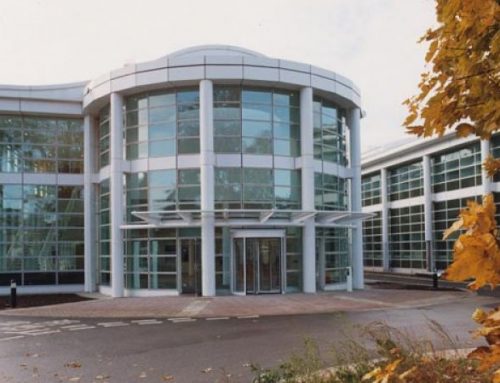2 MegaWatt-project, Haarlem, Netherlands
The 382 apartments that make up this social housing development needed a new heating system. Normally all the homes would get their own individual new gas boiler. But after consultation the building associations decided to take a different, more sustainable, approach and invest into a sustainable heating system.
The 2 MW-project a very unique project. It comprises a very rare combination of sustainable energy techniques, which has never been shown before at such a large scale in existing residential buildings. The name “the 2MW-project” refers to the central heating plants.
The solution
In the 2 MW-project a unique combination of sustainable techniques were used: sun-collectors, Robur GAHPs and underground heat storage, for example.
If sun collectors were used on their own, the amount of heat produced in the summer is more than is needed to make hot sanitary water. The heat cannot be stored without some sort of buffer tank. If the temperature setpoint of the placed buffer tank is reached, the surplus heat has nowhere to go, and will be lost. By storing this extra heat in the ground, it can be used. During winter, when the demand for heat and hot sanitary water is high, the stored heat can be pumped up again. The heat can be distributed directly to the buffer tank and can be used by the Robur GAHPs. The combination of the various systems is the biggest advantage of the 2 MegaWatt-project.
The surplus heat produced during summer is transported into the ground and stored into a layer of sand and water, more than 100m below the surface. At this depth, the ground water is nearly standing still. Two watertight layers of clay enclose the layer with sand and water. This can be compared to a giant thermos can. The layer with sand and water is called an aquifer. The natural temperature of the water in the thermos can is around 12 °C. In the summertime this can go up to 45 °C. The temperature needed for the heating system is around 60 to 70 °C. An ingenious system of Robur GAHP and gas boilers makes sure these temperatures can be reached.
The efficiency of the entire system is highest when the required temperatures for heat transfer in the houses are as low as possible. Therefore the houses got extra insulation and oversized radiators. Where needed, extra radiators have been placed.
There are many different techniques that make up the 2 MegaWatt-project:
- Sun collectors – sun collectors were placed on the rooftop. The collectors contain dark collared tubes that are covered by a glass plate. The sunlight heats up the water that flows through the tubes. The hot water is distributed quickly to a buffer tank.
- Buffer tank – the sun collectors produce more heat than is needed for the heating of the buildings and the producing of hot sanitary water. The surplus heat coming from the collectors is stored in a buffer tank. If the residents open their hot water tap, cold sanitary water flows through the hot buffer tank to the tap. If the buffer tank is full of heat, the extra heat is distributed to an underground storage (ground-water).
- Sanitary water – hot sanitary water can be used directly for consumption.
- Room heating – heated water is used to heat the various apartments.
- Gas boiler – if the water from the buffer tank is not hot enough, the gas boiler will bring the temperature to the desired level. This process is called reheating. This reheating of the water also makes sure that no Legionella can appear.
- Storage – a waterleading sand layer at around 110 m below the ground surface is used as temporary storage for the surplus heat. This sand layer is called an aquifer. The storage system contains two wells drilled 80m apart and a plate heat exchanger. In the summer, the surplus heat is exchanged onto the ground water from the well. The warm water is stored in the warm well. During winter, the heat is extracted from the warm well (via the heat exchanger) and pumped into the cold well.
- Heat exchanger – the heat exchanger transfers the heat from the water pipes into the ground water, so that it can be stored in the well, and vice versa.
- Robur GAHP – a Robur gas absorption heat pump extracts heat from the well during winter and produces hot water for heating water and sanitary water with an efficiency of over 150%. A total of 16 gas absorption heat pumps were used. They produce hot water (for heating or sanitary use) using the lower temperature of the ground water.
The outcomes
The 2 MegaWatt-project is the most sustainable heating system in the Netherlands. It is innovative, but uses proven sustainable techniques. Heat supply is guaranteed by Robur gas absorption heat pumps and gas boilers and insulation measures have reduced the amount of energy used by 45%.
Benefits for the residents
The residents were very enthusiastic about this project. Most houses would be renovated completely and lots of energy saving measures have been taken, like the removal of old kitchen gas boilers. This all results in lower energy bills and a substantial improvement in living standards. The occupants can now regulate their own temperature and each one gets his or her own energy bill. Efficiency is rewarded that way! Another advantage is that the occupants do not pay more money than they did for a conventional heating system.
Measured results
Measurements were taken seven years after installation. In the old situation, each home used around 1930 m3 of natural gas for heating and hot sanitary water per year. By improving building materials (better insulation) the energy use is reduced to 1020 m3 of natural gas per year. The total 2 MW-project reduces this value to 525 m3 per home per year. That means a reduction of approximately 70% of the original situation. Additionally, the apartments can be used for another 15 years, thanks to the renovation measures. Therefore the project does not just fit the sustainable building policy, but also can be set as an example for sustainable home management.
The maximum capacity of this installation is 2 MW during the season. Most of this energy is not produced by natural gas or coals. Therefore the installation has an emission of CO2 of just 1,000 tons (=1,000,000 kg) per year. This can be compared to the capacity of 100 acres of forest (around 200 soccer fields of surface).
The project saves 520,000 m3 of natural gas per year in total. That is roughly €200,000 of savings per year, at the current natural gas price (standard winter conditions).






